
Discover the average window treatment cost, including price ranges and key factors, to help you plan your project with confidence.
Don’t let your hard-earned cash go out the window


Your windows are essential for letting the sunshine in, but they can also let in chilly drafts—or send your home’s heat on a one-way trip out. Still, we take the good with the bad because otherwise, we couldn’t keep indoor plants happy, let in the breeze, or watch the birds munching cheerfully at their feeder.
Fortunately, with the right window treatments, it doesn’t have to be so much of an expense to your comfort (or your wallet). Here are the best-of-the-best options for blinds and energy-efficient window treatments.

Cellular shades can’t be beat when it comes to insulating the interior of your home. These have a raised and folded texture in the shape of a honeycomb. The shapes create a series of air pockets that hold heat from your HVAC system in, while also significantly reducing unwanted solar heat to keep your space cool.
For maximum energy savings, go for cellular shades that operate on side tracks, ensuring complete and consistent coverage. However, if you’re more interested in controlling the amount of sunlight your shades let in, choose a variety that opens from both the top and bottom.
| Pros | Cons |
|---|---|
| Excellent insulation | Difficult to clean |
| Privacy | Not much adjustability |
| Blocks out noise | Not very fashionable |
Best For: Homeowners looking to save money on energy

Roman shades are fabric window shades that are folded accordion-style. A tug at a string moves them up or down. These aren’t as effective as other shades at climate control—look for heavier thermal fabrics for the most insulation.
| Pros | Cons |
|---|---|
| Very customizable | Not very long-lasting |
| Easy to install | Can easily stain |
| Affordable | Not resistant to wear and tear |
Best For: Homeowners looking primarily for room darkening and privacy
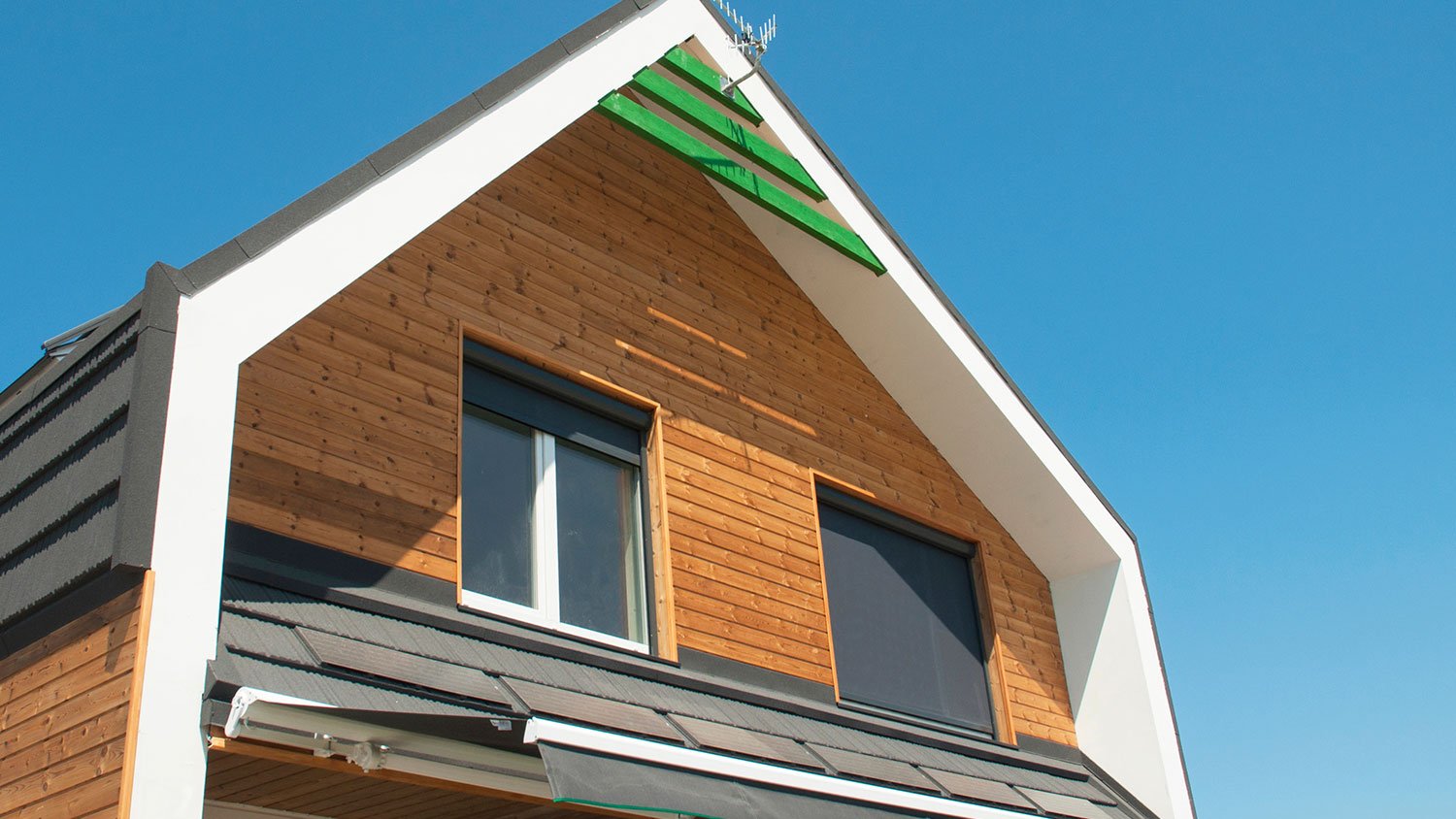
If your home gets oodles of hot sunlight during the day, consider exterior shades for your deck, porch, or patio. These won’t help hold heat in, but these shades can keep heat out of your home. As a bonus, they allow you to enjoy your outdoor space without being blinded by the light.
| Pros | Cons |
|---|---|
| Very durable | Expensive |
| Can easily be cleaned | Difficult to install |
| Prevents more heat from entering home | Require a lot of maintenance |
Best For: Homeowners looking to reduce as much solar heat as possible
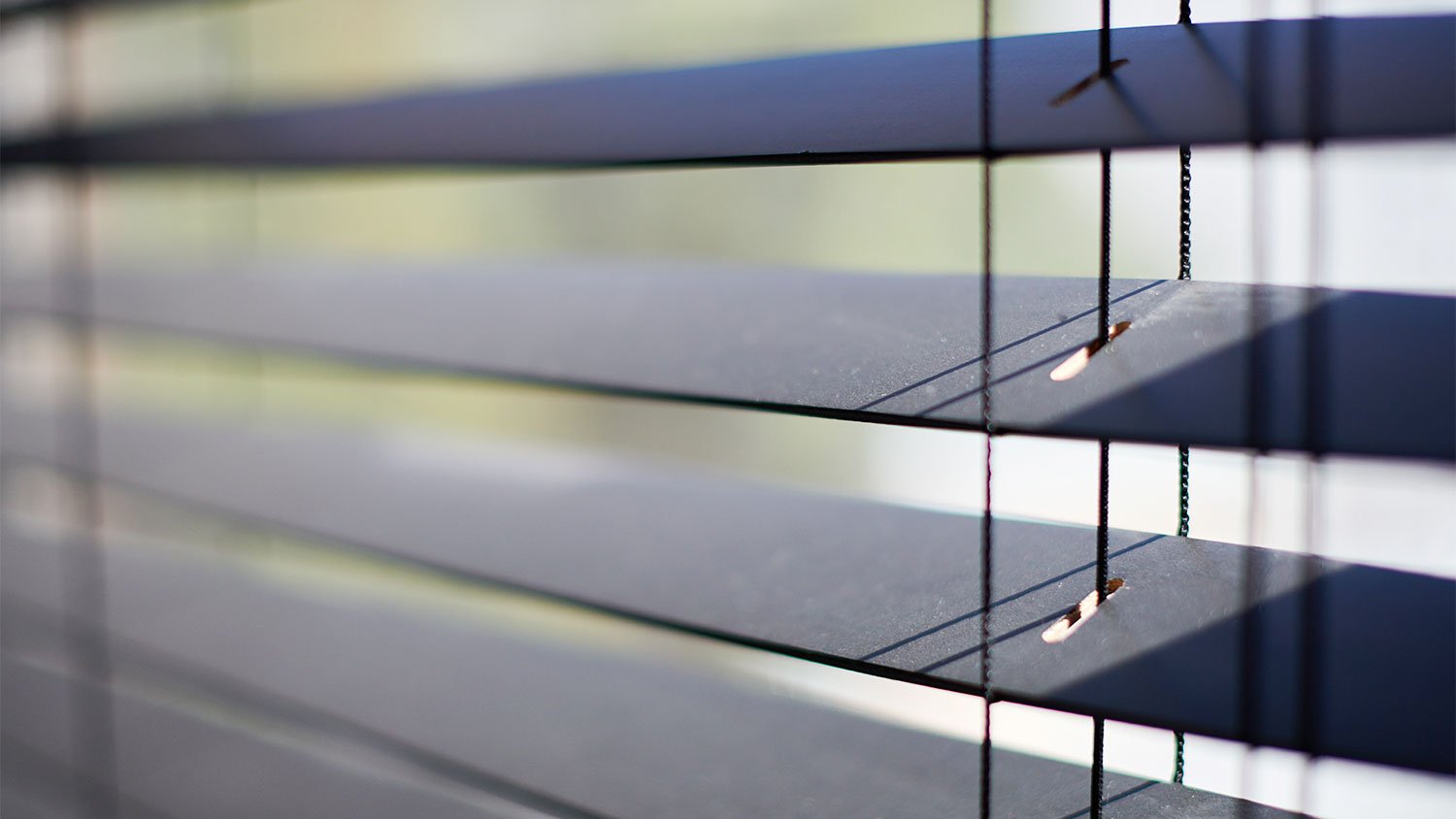
Louvered blinds are one of the best types of blinds to keep heat out and blindingly bright sunshine. These are either vertical (called Venetian blinds) or horizontal slats (louvered) and are fantastic for controlling the amount of sun that enters your home. The downside is that, due to the many openings between the slats, they aren’t the best at preventing heat loss during the winter. You may want to hire a local blind installer, as they can be difficult to DIY.
| Pros | Cons |
|---|---|
| Good for light control | Not great at preventing heat loss |
| Affordable | Difficult to install |
| Offer good privacy | Require extra maintenance |
Best For: Reducing glare and providing flexibility

Shutters have timeless beauty and elegance, with ample climate-control capabilities to boot. They’re a great solution for making older windows more energy-efficient, but they’re also a fantastic choice all around. Their solid, rigid material closes tightly for fewer gaps, keeping your heat in or blocking out sweltering UV rays as needed. Did we mention how beautiful they are, too?
| Pros | Cons |
|---|---|
| Energy-efficient | Expensive |
| Good temperature control | Don’t work on all windows |
| Stylish | Can’t hide them |
Best For: Reducing solar heat gain and adjusting how much daylight enters
As the name suggests, a window quilt is essentially a cozy quilt for your windows. The quilted material is rolled and unrolled to open and close, typically on tracks or held with velcro, snaps, or other fasteners. These snuggle up close to your window trim, making them especially effective when the nights get nippy. Pair them with your own comfy quilt, and you’ll be snug as a bug.
| Pros | Cons |
|---|---|
| Effective at keeping in heat | Difficult to install |
| Noise reduction | Require a lot of maintenance |
| Good light control | Stain easily |
Best For: Affordability and efficiently conducting heat
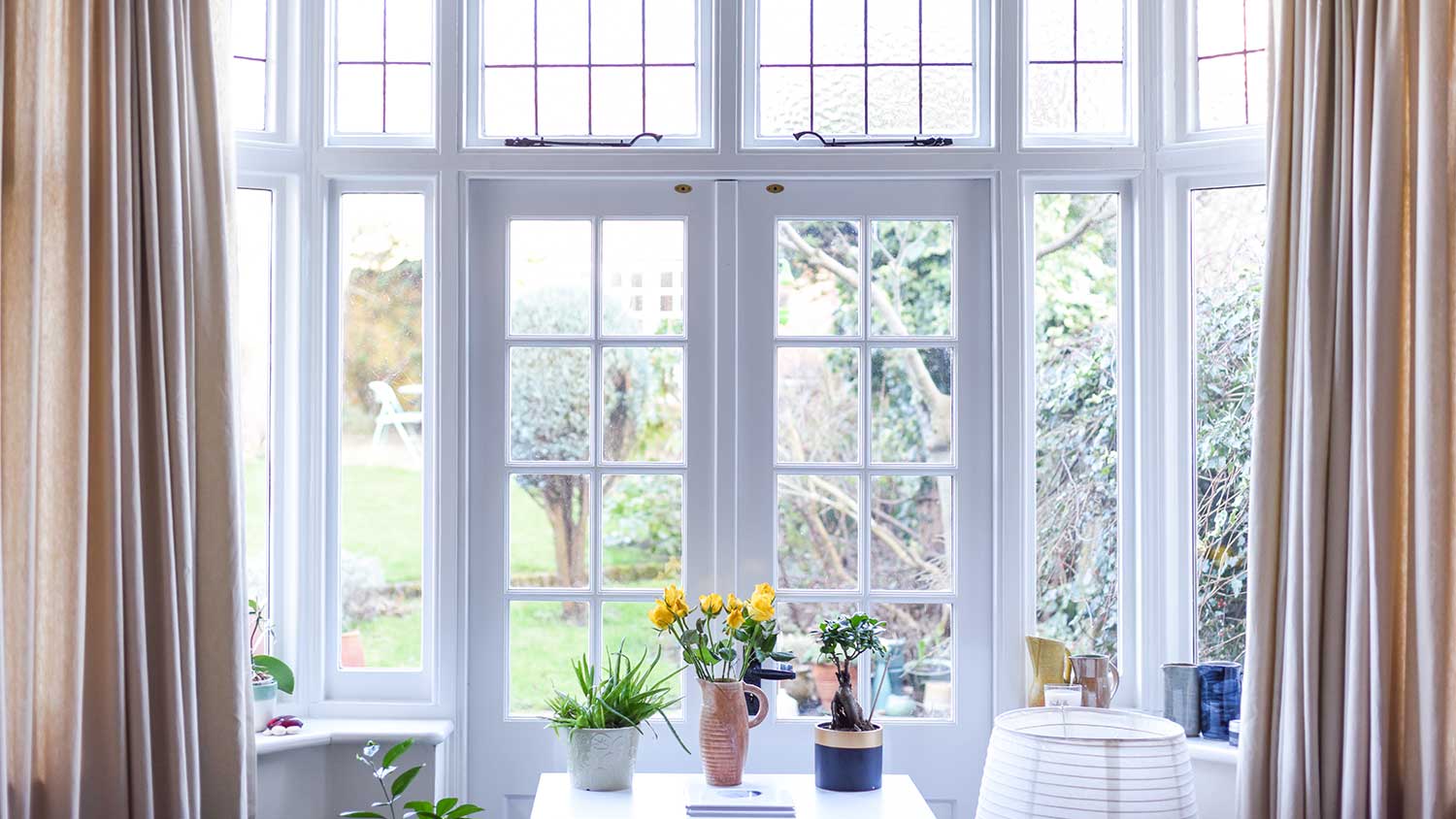
Curtains and drapes are classic window treatment options, with endless colors and varieties to accent your home decor. Note that these come in a huge array of fabrics and styles, so be sure to pick varieties specifically designed for insulation and climate control.
| Pros | Cons |
|---|---|
| Very customizable | Difficult to install |
| Energy-efficient | Hard to clean |
| Privacy | Can accumulate dust |
Best For: Aesthetics and blocking sunlight

Window films are applied directly to a window’s surface, making them ideal for those who don’t want to obscure their outdoor views. They’re also a great option for odd-shaped windows that are difficult to fit with other treatments. These are most effective at blocking out solar heat as well as UV damage to upholstery and artwork.
| Pros | Cons |
|---|---|
| Good at blocking sun | Difficult to install |
| Save money on energy bills | Quality varies drastically by brand |
| Added security | Loss of heat |
According to the Department of Energy, windows are responsible for 25 to 30% of energy use. If your energy bill is above average, talk to a window contractor about an energy-friendly upgrade.
Some window treatments look great, but they can quietly work against your goal of saving money on heating and cooling. Sheer curtains are a perfect example as they soften a room and let in lots of natural light, but they’re very poor insulators.
Sheer Curtains: Sheer curtains are lightweight and translucent, allowing ample natural light into a room. However, their delicate fabric offers minimal resistance to heat transfer. During colder months, they do little to prevent warm indoor air from escaping, and in the summer, they fail to block external heat from entering. This lack of insulation can lead to increases in your energy bills.
Mini Blinds: Mini blinds provide light control and privacy, but their thinly slatted design means that in winter, warm air can escape through these openings, while in summer, unwanted solar heat can penetrate, which can affect monthly energy bills.
Valances: Valances are decorative drapery pieces that can add a touch of elegance to a space, but they serve no functional purpose in terms of energy efficiency. Because they do not cover the windowpanes themselves, they don’t provide any insulation benefits.
Unlined Curtains: Curtains without an additional lining may offer privacy and aesthetic appeal but often lack the necessary thickness to provide effective insulation. Without a thermal lining, these curtains permit heat to pass through fairly easily.
Decorative Window Films: While they may offer privacy or visual appeal, not all window films are effective at reducing heat gain or loss. So you want to make sure any films you choose are specifically rated for energy efficiency. Otherwise, they could be losing you money each month.
From average costs to expert advice, get all the answers you need to get your job done.

Discover the average window treatment cost, including price ranges and key factors, to help you plan your project with confidence.

Looking to step up your home’s interior with window treatments? Use this guide to blinds installation cost to set an appropriate budget for your project.

Estate shutters can add a stately appearance to your home and block out light. Learn how much estate shutters cost, depending on window size and material.
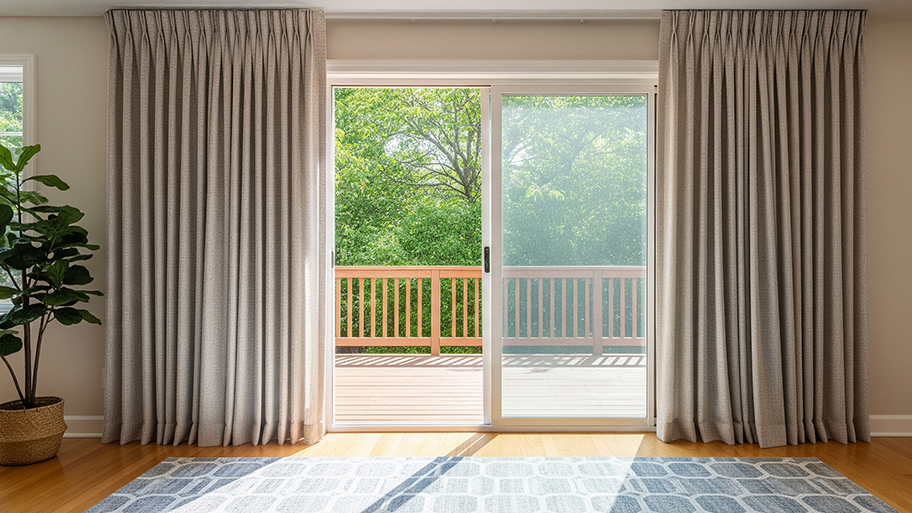
Blinds, shades, and curtains are all great window treatments for sliding glass doors that will allow you to control the amount of light you let into your home.
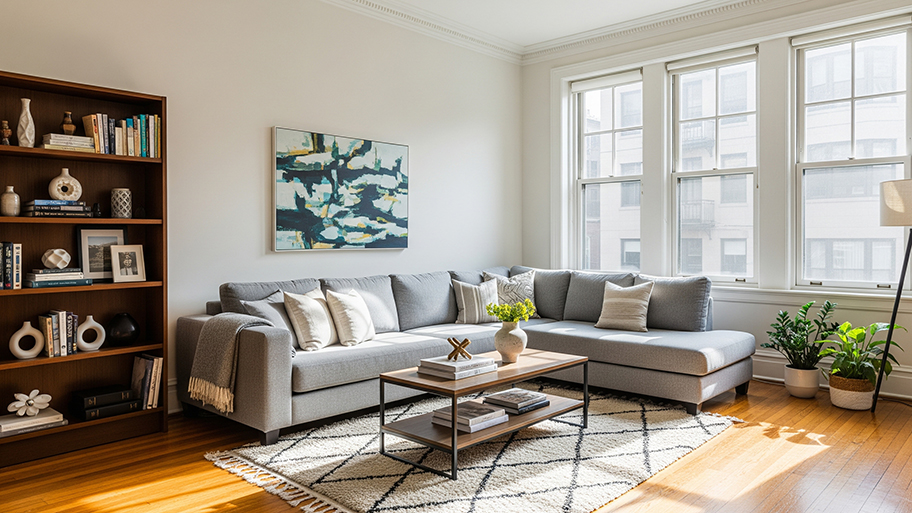
Even new, high-quality windows can allow noise pollution to enter your home if not correctly installed. Here’s what you need to know about why your new windows are letting in more noise and what you can do to fix the problem.

Choosing the right blinds starts with knowing your design preferences and finding the right installer. Keep reading to discover common questions on blinds.